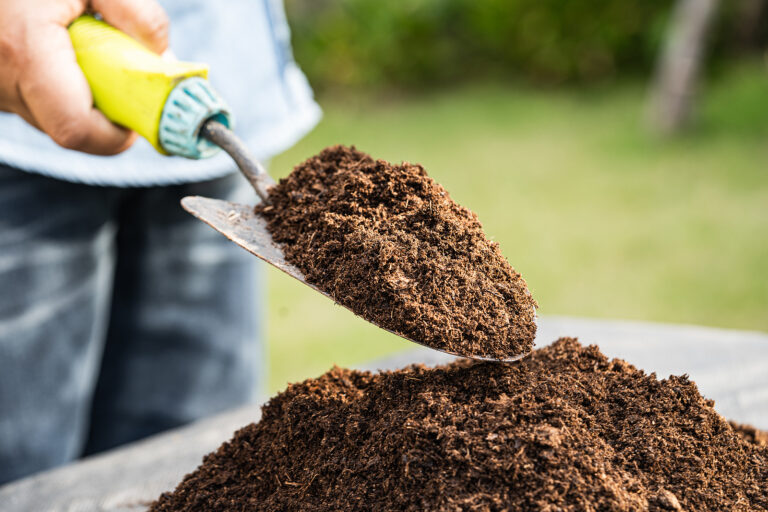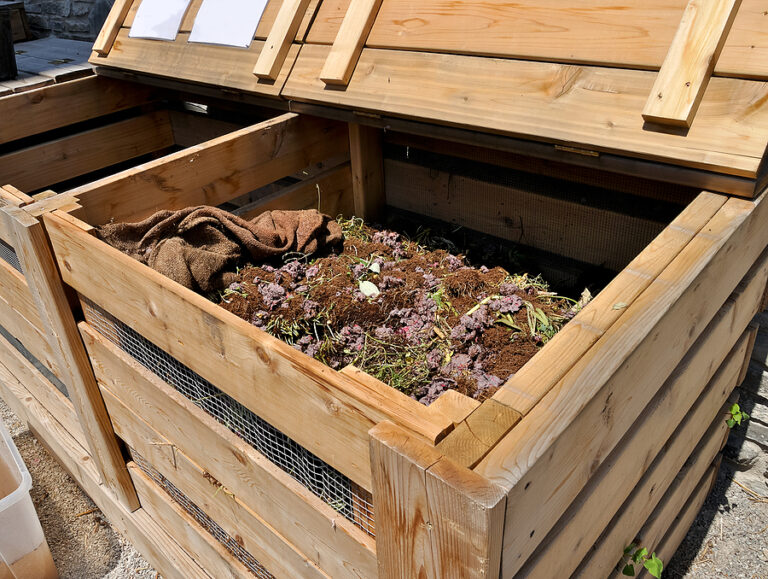Top Cover Crops for Regenerative Vegetable Gardens: Timing, Selection, and Benefits
Cover crops are essential tools in regenerative gardening, enhancing soil fertility, structure, and microbial activity while reducing erosion and nutrient loss. Selecting the right cover crops and planting them at the proper time ensures maximum benefits for vegetable gardens.
Drawing from decades of hands-on experience, I’ve found that well-chosen cover crops build soil organic matter, attract beneficial microbes, and protect soil ecosystems, creating fertile beds ready for healthy, resilient vegetables.
1. Legumes (Nitrogen Fixers)
Examples: Clover, vetch, fava beans, peas
Timing: Plant in fall or early spring depending on region
Benefits:
- Fix atmospheric nitrogen, enriching soil for future crops
- Improve microbial activity and organic matter content
- Provide habitat for beneficial insects
My Insight: In my Sonoma Valley gardens, planting winter legumes reduced the need for supplemental nitrogen while supporting rich microbial networks.
2. Grasses and Cereals
Examples: Rye, oats, barley, wheat
Timing: Plant in late summer or early fall
Benefits:
- Build soil structure with deep fibrous roots
- Suppress weeds naturally
- Add biomass for compost or green manure
My Insight: Rye and oats in my vegetable beds improve tilth and aggregate stability, supporting earthworms and fungal networks.
3. Brassicas
Examples: Mustard, radish, turnip, kale (as cover crops)
Timing: Plant in late summer or early fall
Benefits:
- Biofumigation properties suppress soil pathogens
- Deep roots help break up compacted soil
- Produce organic matter for soil enrichment
My Insight: Daikon radish in my beds penetrates hardpan layers, improving drainage and aeration for subsequent crops.
4. Mixed Cover Crops
Strategy: Combine legumes, grasses, and brassicas for biodiversity
Benefits:
- Supports diverse soil microbes and earthworms
- Improves nutrient cycling and organic matter content
- Reduces pest and disease pressure naturally
My Insight: Mixed cover crop plots in my gardens consistently outperform single-species cover crops in soil health and resilience.
5. Timing and Management Tips
- Fall Planting: Ensures winter soil coverage, reduces erosion, and adds early spring biomass.
- Spring Planting: Protects soil during hot or dry periods and prepares beds for summer crops.
- Termination: Mow, chop, or incorporate into soil 2–4 weeks before planting vegetables.
- Rotation: Rotate cover crops with vegetable families to maintain soil balance.
My Insight: Proper timing in my beds ensures cover crops provide maximum biomass and soil improvement without interfering with vegetable planting schedules.
My Experience
Over decades of regenerative gardening, I’ve seen that strategically planted cover crops transform soil: increasing fertility, improving structure, attracting beneficial soil life, and reducing weeds and pests. By selecting the right species, planting at the right time, and managing growth carefully, cover crops become a powerful, natural tool for sustainable vegetable gardening.
Top Cover Crops for Regenerative Vegetable Gardens
| Cover Crop Type | Examples | Planting Timing | Soil Life Supported | Benefits to Soil & Plants | EEAT Insight from Experience |
|---|---|---|---|---|---|
| Legumes (Nitrogen Fixers) | Clover, vetch, fava beans, peas | Fall or early spring | Rhizobia bacteria, fungi, earthworms | Fix nitrogen, improve microbial activity, build organic matter | Winter legumes in my beds reduced fertilizer needs while enriching soil biology. |
| Grasses & Cereals | Rye, oats, barley, wheat | Late summer or early fall | Fungi, bacteria, earthworms | Improve soil structure, suppress weeds, add biomass for green manure | Rye and oats build tilth and encourage fungal networks in my experience. |
| Brassicas | Mustard, radish, turnip, kale | Late summer or early fall | Fungi, nematodes, bacteria | Biofumigation, break up compacted soil, add organic matter | Daikon radish penetrates hardpan layers, improving aeration and drainage in my beds. |
| Mixed Cover Crops | Combinations of legumes, grasses, brassicas | Fall or spring | Diverse microbes, fungi, earthworms | Enhance nutrient cycling, increase biodiversity, suppress pests naturally | Mixed plots consistently improve soil resilience and fertility compared to single-species crops. |
💡 Note:
From decades of hands-on regenerative gardening, I’ve observed that cover crops transform soil health, feed beneficial organisms, and prepare beds for robust, productive vegetables. Proper selection, timing, and management are critical to maximizing these benefits.
Signs of Successful Cover Crops in Regenerative Gardens
| Indicator | Linked Cover Crops / Practices | What It Shows / Benefit | EEAT Insight from Experience |
|---|---|---|---|
| Rich, Dark Soil | Legumes, grasses, mixed cover crops | Indicates high organic matter and humus formation | My beds with well-managed cover crops develop dark, crumbly soil signaling fertile, living soil. |
| Earthworm Activity | Legumes, grasses, brassicas | Soil aeration, nutrient cycling, organic matter breakdown | Beds planted with cover crops attract more worms, improving soil structure and tilth. |
| Visible Fungal Networks | All cover crop types | Active microbial and mycorrhizal activity | I often see white fungal threads connecting roots, showing healthy soil life. |
| Weed Suppression | Grasses & cereals, mixed cover crops | Dense root systems outcompete weeds | Rye and oats effectively suppress weeds while building soil in my gardens. |
| Improved Soil Structure | Brassicas, deep-rooted cover crops | Break up compacted layers, increase aeration | Daikon radish loosens compacted soil, improving drainage and root penetration. |
| Increased Biomass | Legumes, grasses, mixed cover crops | Adds organic matter for decomposition and soil enrichment | Cover crops consistently add organic material, enhancing SOM and microbial activity. |
| Enhanced Soil Moisture Retention | Mulched or dense cover crop beds | Reduces evaporation and drought stress | Beds with continuous cover crops retain moisture longer, even in hot, dry periods. |
💡 Note:
From decades of regenerative gardening, I’ve observed that these indicators reliably reflect the success of cover crops. By monitoring soil color, structure, worm activity, fungal networks, and biomass, gardeners can assess soil improvements and adjust cover crop practices for maximum benefit.


